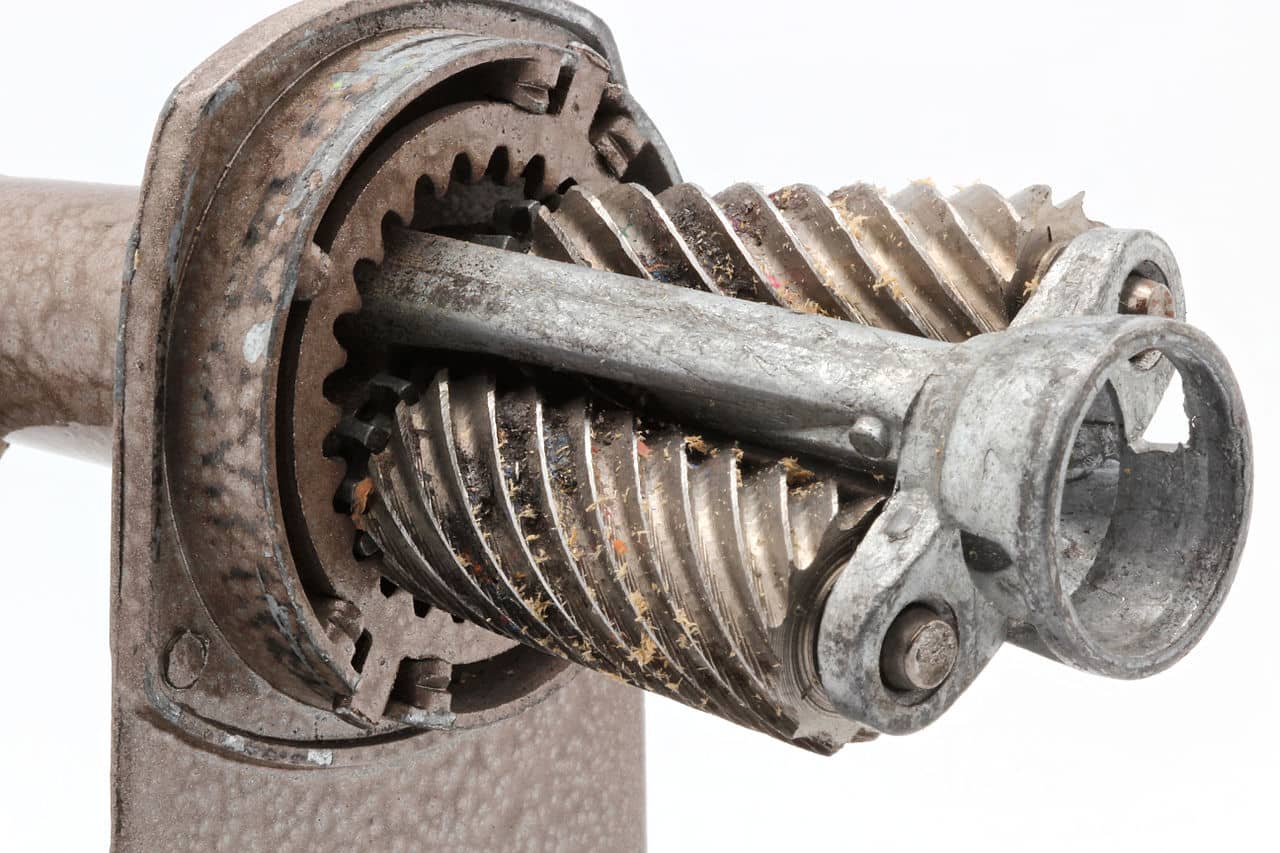We all have obsessions in our lives. They aren’t always called obsessions, but they usually are. And just to be clear, I’m not talking about clinical obsessions. Those are well outside my area of expertise. (And I haven’t yet played a Doctor in a commercial so I don’t even have that to fall back on.)
We all have seemingly insignificant things in our lives that we get hyper focused on. Things that make our friends look at us a little funny when we start talking about them. Merriam-Webster broadly defines obsession as a “compelling motivation”. Now I don’t know about you, but that tends to describe quite a few things in my life. I obsess at work with making the quality of my products and services better. We optimize our marketing strategy, refine our workflows, and sometimes just obsess about making more money.
We obsess at home about our hobbies, or a specific show on TV, or even with learning a new skill. I can safely say that I’ve done all of the above in both my work and personal life. But, today I’d like to zoom in on one tiny little object that ended up turning into a bit of an obsession.
Different Tools for different work.
First, a little background. I make no secret of the fact that I like tools. Adjacent to my house is a shop that is a clear indicator of that particular obsession of mine. (The shop is roughly the same size as my house. Priorities people.) And since I like to tinker with a lot of different types of work in my shop, that translates into a wide variety of tools out there.
Tools for me fall into three main classifications:
- Functional tools.
- Quality tools.
- Special tools.
So what’s the difference? Aren’t all tools functional because they are tools? Well, technically they are, yes. For me though, functional tools are those tools that only exist in my shop to accomplish a specific goal. Box cutters exist in my shop to cut things. The roofing knife is pretty boring, but it cuts tarpaper and rolled roofing just fine. Hammers, punches, chisels all will mostly fall into the functional category. They do the job, but there is no specific attachment to them.
Functional tools are interchangeable with other tools in the same tool “family”. Functional tools are entirely transactional and there is no passion or emotion involved in the operation of them. Those functional tools are usually just a means to an end. They are just there to “do the thing”. There is no “Spark of joy” or appreciation or passion in their use. Functional tools are also not the ones you reach for first usually.
A step above functional.
Quality tools are different then the functional tools in that they are tools that I use more frequently. I’ll buy a cheap tool for a single project, when there is no expectation that I’ll be using it much in the future, and that’s fine. But if I find myself going back and using a tool frequently, I’ll generally do the research and then upgrade that functional tool to a better quality version. I’ll get a little more obsessive about the details and the quality of the tools at this point.
As an example, I taught myself welding a number of years back. I started with a decent quality welder and a cheap abrasive cut off saw. As I watched my skills increasing, I discovered that I really enjoyed welding. Welding evolved from a necessity for certain projects to a task that I enjoyed for the process itself. I also discovered that the cheap abrasive saw was the least enjoyable part of the process. That saw was loud and annoying and not nearly as precise as I wanted it to be. As a result, it created extra work squaring up pieces to weld together accurately.
Evaluate and add efficiency.
So I did my research and found a “cold saw” that would do what I wanted it to do. Tool factoid: A cold saw is a special type of saw that’s designed to exclusively cut metal. Cold saws use a blade with teeth running at a fairly low speed to cut the metal without generating a bunch of heat. While an abrasive saw grinds its way through the metal, which generates a huge amount of heat that can warp your material. The cold saw is a better quality tool. It provides a better quality cut, and its easier and more accurate for me to use. Which makes the entire welding process more enjoyable and faster for me.
A quality tool doesn’t have to be anything big either. In my home office, I’ve standardized on two specific items as my “quality tools” for writing. For the longest time I used free pens that I had accumulated from trade shows and giveaways. So when I’d grab one it wouldn’t work or the ink was dry and splotchy. As a result of that recurring annoyance, I decided to standardize my writing implements. I tossed out all the random pens and pencils, and got myself a bulk pack of Uni-Ball Signo 207 pens, and a pack of Pentel Twist-Erase mechanical pencils. And that’s all I use in the office.
*2024 addendum. I’ve since upgraded again to Sharpie S-Gel pens. I still love my 207’s, but the S-Gel’s work on some paper stock that I now use regularly.
The research is half the fun sometimes.
In my shop, I don’t use pens because they generally don’t write well on metal and wood and plastic and all the other random materials that I use out there. I do use a bunch of pencils though. Mostly they are regular old fashioned #2 pencils. Which creates a need to sharpen those pencils pretty frequently.
Now I could use a box cutter to sharpen them, but that’s not the safest option. Nor does it give me a nice fine point for marking precision measurements. So I needed to find a pencil sharpener that would survive in my shop environment. An electric sharpener would be easy to use, but most are plastic, AND I’d need an outlet close by. So when I narrowed down my needs, I ended up deciding that I wanted to get a classic style “School” pencil sharpener. You know the type. The big metal housing, with a metal crank handle, and a shiny chrome bin to collect the shavings. Any tool built to survive an elementary school should be able to survive in my shop.
A quick search on Amazon and I discovered to my delight that they still make those sharpeners, and they aren’t too expensive. So I narrowed my research to see what manual “school style” pencil sharpener I wanted. Sadly every one I found had some sort of deficiency. Flimsy material, cheap blades, hard to adjust, easy to jam.
Hello 1955, nice to see you again.
So I thought back to my childhood again. In addition to the sharpeners at school, both of my grandfathers and my dad had the same style pencil sharpeners in their shops. So I took a leap and started looking for vintage pencil sharpeners. I was thrilled to discover that vintage sharpeners can be found for around the same price as the new ones. And they don’t have the deficiencies of the new reproductions either.
This is why I now have a 1955 Ranger ’55 manual pencil sharpener in my shop. And its everything I wanted. It even looks like its supposed to live in a shop.
- Its heavy cast metal.
- It will handle 6 different diameters of pencils.
- Its adjustable to cut 3 different types of points on the pencils
- And the blades are heavy duty and able to be re-sharpened over and over again.
Its a tool that will do the job just as well as a functional tool, with the longevity of a quality tool. But with this pencil sharpener, every time I use it I think back to my childhood days in the shop with my dad and both of my grandfathers.
And that emotional connection and joy in its use is what makes it a special tool.
This post was originally published in 2022 and has been updated and revised with more accurate and current information.


